David Viburnum – 3 Gallon Pot
$73.85 Original price was: $73.85.$51.70Current price is: $51.70.
SKU: D2LSC 6121465696 Categories: SHRUBS & BUSHES, Viburnums
- Experience the difference quality makes.
- Buy with Peace of Mind
- Free Shipping, No Compromise on Quality
- High quality products, hassle-free returns.

David Viburnum
Viburnum davidii
Other Names: David Evergreen Viburnum
Plant Details
USDA Plant Hardiness Zones: 7a-9b Find Your Zone
Plant Type: Evergreen Flowering Shrub
Height at Maturity: 3-4.5′
Width at Maturity: 4-4.5′
Spacing: 2.5-3′ for solid hedge; 6′ + for space between plants
Growth Habit / Form: Rounded Mound
Growth Rate: Slow
Flower Color: White, Cream, Pink
Flower Size: .5″ in 2 to 3″clusters
Flowering Period: Spring
Flower Type: Single
Fragrant Flowers: No
Foliage Color: Blue, Green and Burgundy tones in Fall
Fragrant Foliage: No
Berries: Yes, on female plants
Berry Color: Aqua, Blue
Sun Needs: Full to Mostly Sun, Morning Sun With Afternoon Shade, Morning Shade with Afternoon Sun
Water Needs: Average, low when established
Soil Type: Clay, Loam, Sandy, Silty
Soil Moisture / Drainage: Moist But Well Drained to Dry when established
Soil pH: 6.0 – 8.0 (Acid to Neutral)
Maintenance / Care: Low
Attracts: Visual Attention, Birds, Butterflies
Resistances: Deer – more info, Disease, Heat, Humidity, Insect
Description
An oldie-but-goodie introduced in 1904 by E.H. Wilson, the David Viburnum has stood the test of time for very good reasons: gorgeous foliage, pretty flowers and colorful berries. A slow grower, it forms a compact mound to maybe 4 feet tall and wide clothed in some of the most attractive foliage of any evergreen shrub. The thick, leathery, elliptic-oval leaves up to 6 inches long are dark blue-green and deeply veined. In mid spring, abundant clusters of pinkish buds open to pretty white flowers that contrast beautifully with the dark foliage. Flowers can be followed by tubular shaped bright blue berries like no other viburnum on female plants. Butterflies enjoy the flowers and birds love the berries. In fall the foliage takes on an attractive burgundy tone that turns back to dark green when temperatures warm in spring, at which time new leaves emerge a burgundy color. Very low maintenance, we’ve seen no pest or disease problems and deer haven’t shown an interest in our gardens. In hot-summer climates it will appreciate some filtered sun or shade during the afternoon hours. An excellent shrub for home foundation plantings and sunny to partially shaded landscape borders.
Landscape & Garden Uses
Growing 3 to 4.5 feet tall and equally as wide, David Viburnum is ideal for use as an accent in smaller garden spaces or in groupings or as a low hedge in sunny to partially shaded home foundation plantings and landscape borders. Also nice in containers. A fine addition to tropical-look gardens, white theme gardens, Viburnum gardens and bird gardens.
Suggested Spacing: 2.5 to 3 feet apart for solid hedges; 6 feet or more apart for space between plants
Growing Preferences
The David Viburnum is very easy to grow in most any moist but well-drained soil of average fertility and full sun to part shade. As with so many other ornamental shrubs, constantly soggy or wet soil can cause problems with the roots. We suggest at least 4 hours of direct sunlight per day for best flowering and foliage density. Responds very well to pruning for shaping and size control. Prune as needed immediately after flowering.
Helpful Articles
Click on the link below to find helpful advice from our experts on how to plant, prune, fertilize and water Viburnums.
How To Plant And Care For Viburnum Plants
Plant Long & Prosper!
Meet The Wilson Brothers & Staff
Questions? Contact Us
Be the first to review “David Viburnum – 3 Gallon Pot” Cancel reply
Related products
Sale!
SHRUBS & BUSHES
Sale!
SHRUBS & BUSHES
Sale!
SHRUBS & BUSHES
Sale!
Boxwood
Sale!
SHRUBS & BUSHES
Sale!
Sale!
SHRUBS & BUSHES
Sale!
Hydrangeas
















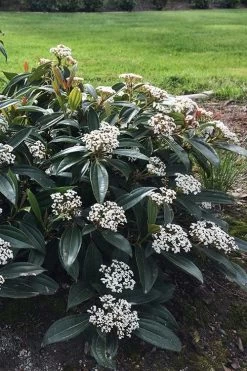
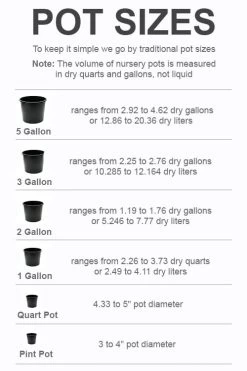













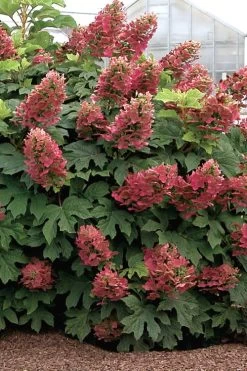
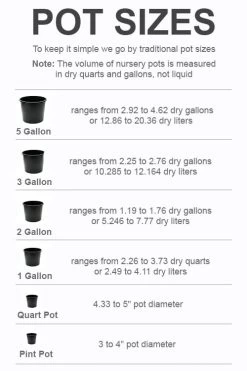
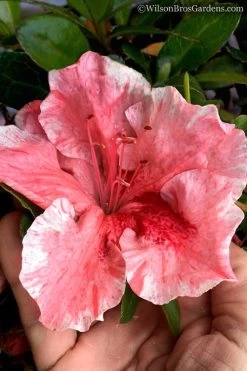
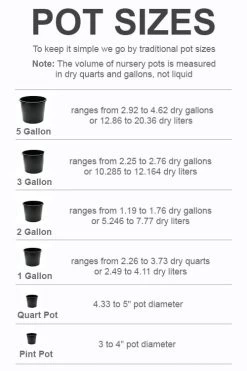
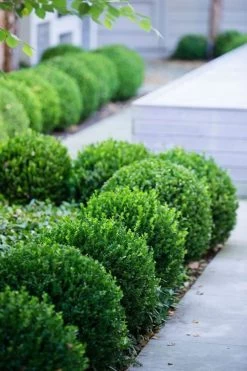


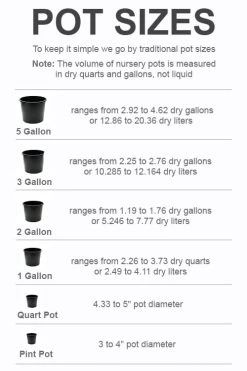

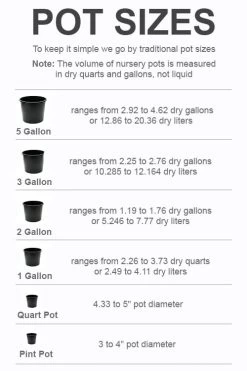


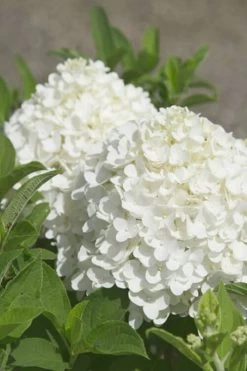

Reviews
There are no reviews yet.